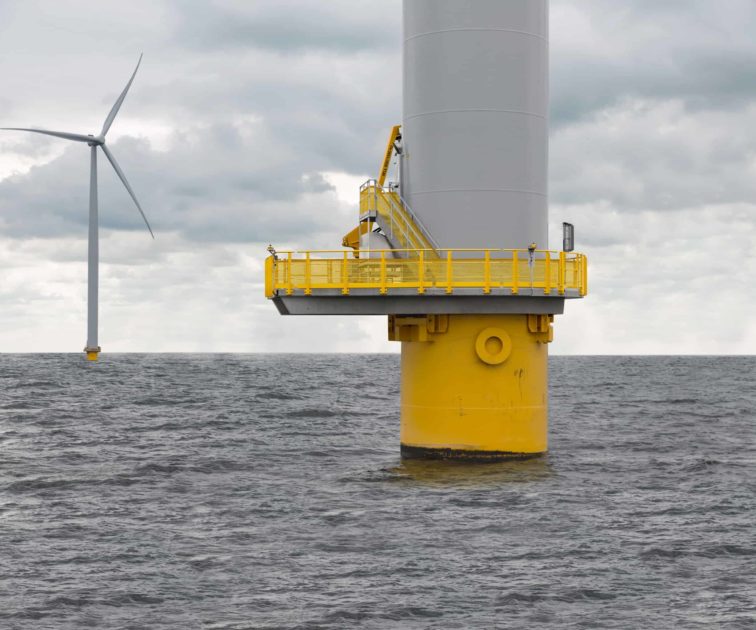Drops prevention might not be the first area that comes to mind when considering sustainability. Drops prevention best practice has long promoted a holistic approach, however, which targets waste and helps operators look at every aspect of their operations.
By scrutinising the design, manufacture and use of their Drops prevention solutions, operators can reduce their environmental impact. Crucially, they don’t need to compromise on cost or reliability. Operators can use the following five sustainability principles to ensure their Drops prevention strategy supports their environmental goals.
1. Select durable Drops prevention solutions
Short-term consumable products such as PVC mesh netting or plywood need to be replaced annually, increasing the waste produced by a facility. In contrast, leading high-quality polymer Barrier systems can last a decade or more, which also reduces emissions from producing the solution. In the securing devices that attach the Dropsafe Barrier panels to railings, the bands are designed so that operators can remove them separately. This further prolongs the life of the Barrier system.
2. Choose recyclable products
Not all Drops prevention products are routinely recycled. Plastic netting may be thrown away at the end of its useful life, potentially ending up in the sea or washed up on beaches. Additionally, even for products which can be recycled – such as polymer Barrier systems – it is vital to consider the practicalities of recycling materials so they don’t end up in landfill by default. The Dropsafe Barrier can be collected and recycled at no extra charge at the end of its useful life.
3. Protect equipment to mitigate environmental pollution
Fixtures can fall due to exposure to corrosive factors such as saltwater and humidity, or due to vibration and impacts. Drops incidents should be mitigated with secondary securing solutions. Otherwise, additional equipment will need to be shipped in to replace the part, and there is a risk that fixtures can fall into the sea and damage ecosystems. By using trusted Drops prevention solutions to contain Drops incidents, operators can tackle localised environmental pollution from debris at their facilities.
4. Use condition-based maintenance
Innovative testing for safety solutions is key in enabling informed decisions on asset replacement, ensuring effective solutions are not needlessly removed. Dropsafe Barrier panels have sacrificial pieces that are sent to Dropsafe for analysis. This shows exactly how much the polymer has degraded and allows the customer to use it for as long as it remains safe. The Dropsafe Helideck Perimeter Safety Net has a similar scientific testing regime providing operators with detailed degradation analysis. They can then make data-led choices to maximise the life of their safety investment.
5. Understand the hierarchy of controls
The hierarchy of controls is a tool used by safety professionals to evaluate risks. Recognising where engineered solutions fit into this is key to a sustainable, holistic safety strategy. The first step in any Drops prevention programme is seeking to eliminate the risk altogether, reducing the need for further measures. Efficiency and sustainability go hand-in-hand, so cutting down the need to ‘over-engineer’ safety solutions through more effective working practices, training or site design can ultimately contribute to a reduced environmental impact.
This could involve avoiding installing fixtures directly above transit areas or combining work tasks to reduce the frequency of working at height. It could also mean selecting Drops prevention solutions which do not require additional tools at height during installation.
Improving sustainability in safety need not be expensive. When approached correctly, it is often more affordable in the long-term. By prioritising efficiency, investing in durable solutions instead of frequently replaced consumables, and thinking holistically about their safety strategies, operators can ensure that their facilities are ready for the challenges of the future.
